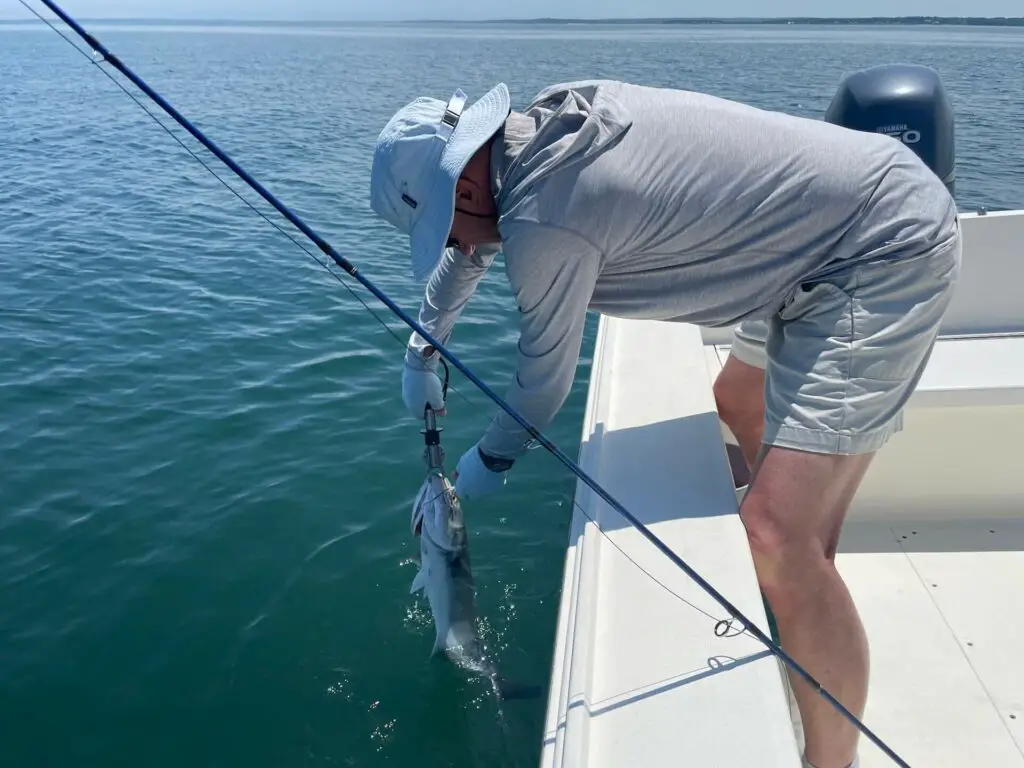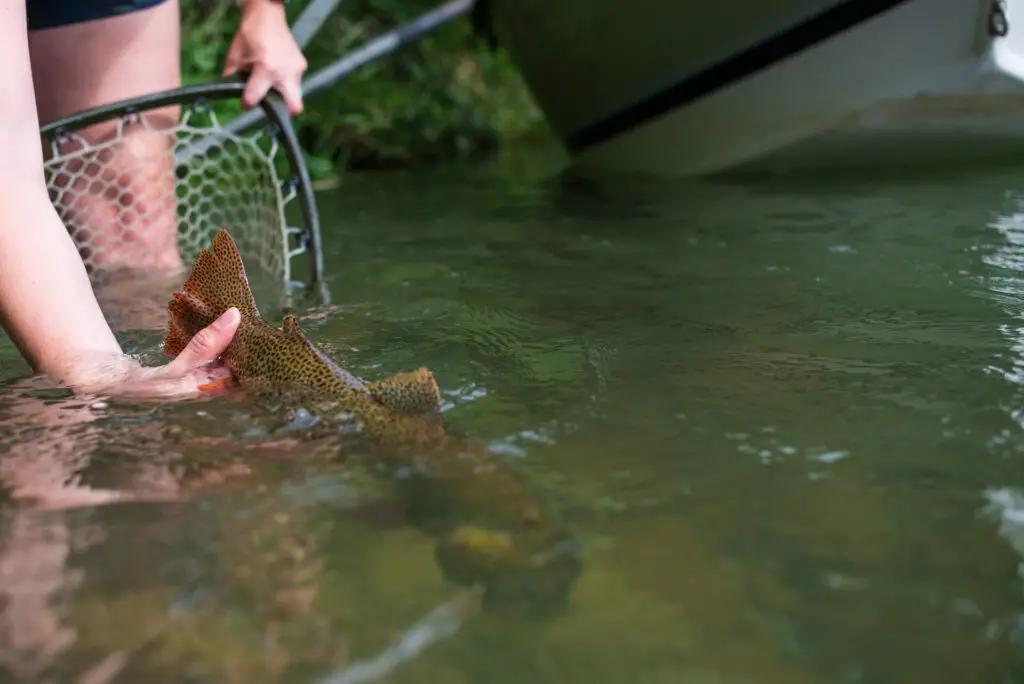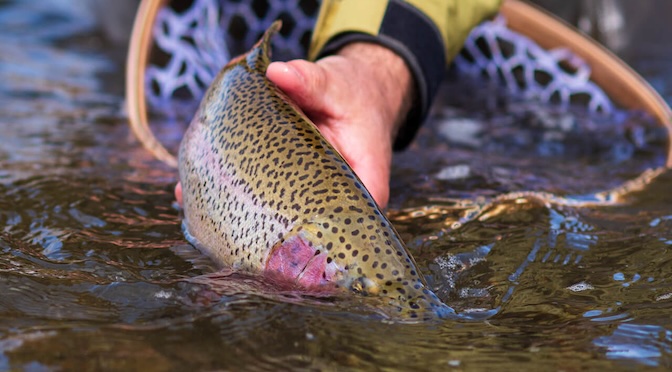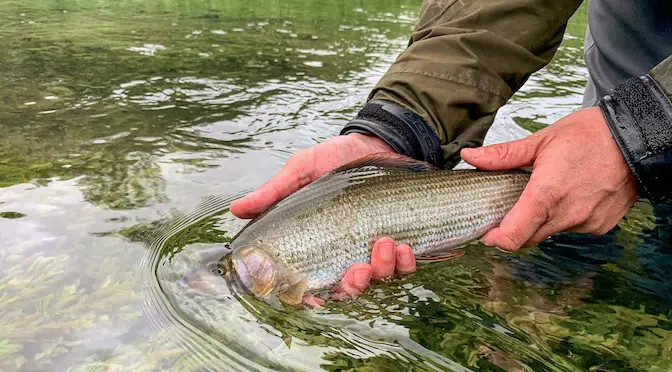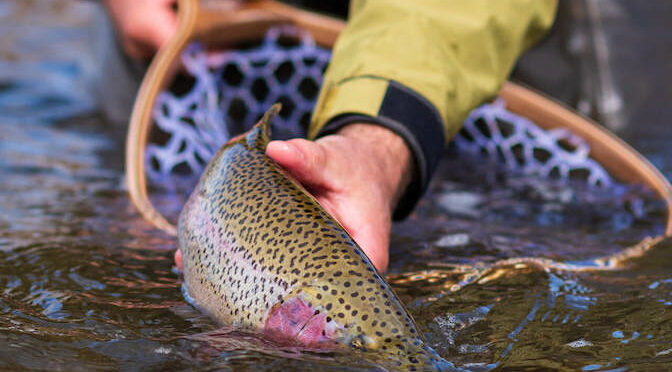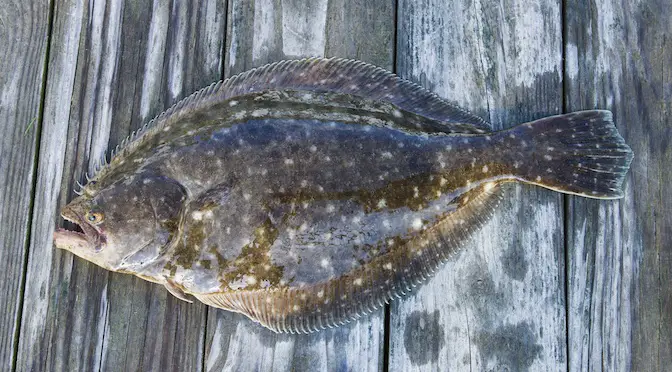Last updated on January 9th, 2024.
- Wading Wisdom #13 – Simon Gawesworth - July 7, 2025
- On the Water with the Korkers Bantam Lite - June 26, 2025
- How to Find Trout in Rivers & Streams Anywhere - June 13, 2025
Catch-and-release fishing, more than just a pastime, stands as a commitment to our natural world.
Rooted in conservation, it’s a promise to nature itself. Anglers, by releasing their catch back into their natural habitats, become stewards of aquatic ecosystems.
This eco-conscious approach isn’t just about preserving fish populations; it’s about safeguarding the essence of our favorite fishing locales. It’s a practice that ensures the waters remain teeming with life for generations to come, creating a harmonious balance between humans and nature.
If this concept feels unfamiliar, don’t worry. We’re here to guide you through the various techniques that make catch-and-release fishing not just a responsible choice but also an enjoyable one.
By understanding the right methods, you can transform your angling experience into a seamless and satisfying venture. So, let’s delve into the techniques that will not only enhance your fishing skills but also contribute significantly to the well-being of our aquatic environments. Let’s dive in!
Use a Landing Net
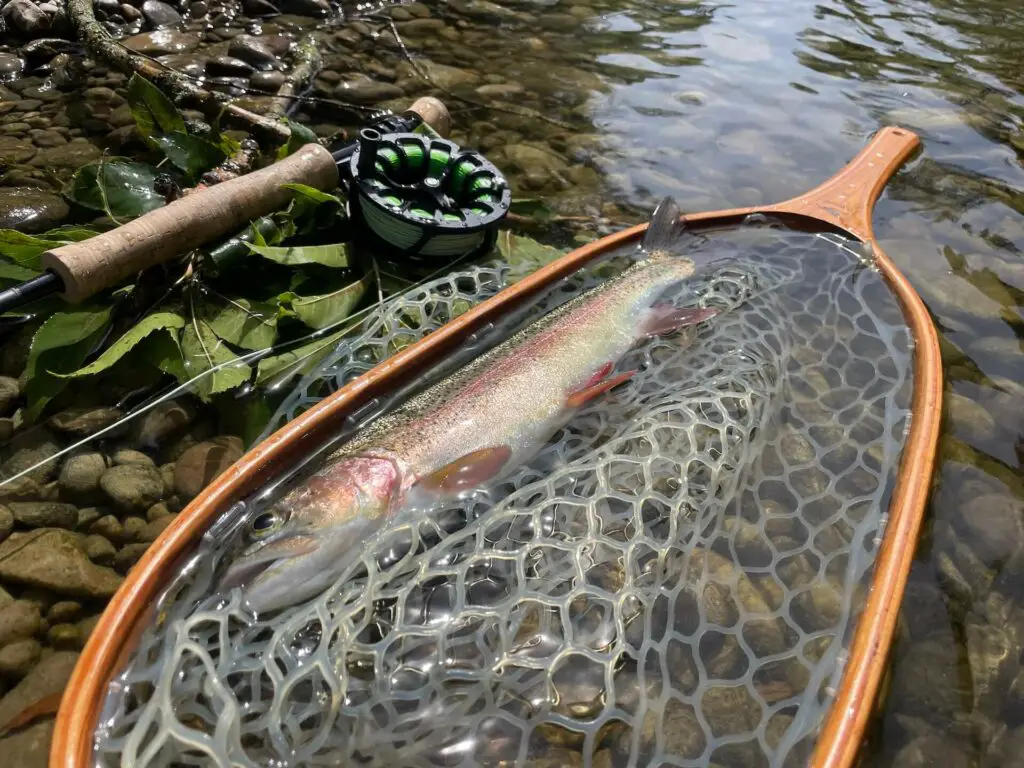
Imagine reeling in a beautiful fish, and just as you’re about to bring it on board, it slips away. Frustrating, right? That’s where a landing net becomes your best friend.
A landing net makes sure you can scoop up your catch gently from the water, preventing it from flipping and flopping around and possibly hurting itself. Plus, it’s not just about you; it’s about being kind to the fish too. So, when you’re picking out a net, look for one with a soft, rubbery mesh – that way, you won’t harm the fish’s delicate skin and scales.
Using a net is like ensuring a smooth transition for your fishy friend from its watery home to your boat, increasing its chances of swimming away happily when you release it. It’s all about making sure both you and the fish have a good time out there.
Use a Fish Gripper
Handling large and powerful fish presents its own set of challenges, especially if you aim to release them back into the water unharmed. This is where a fish gripper proves invaluable. Think of it as a gentle clamp tailored for a fish’s jaw. By securely gripping the fish, it allows you to lift them without direct contact, minimizing stress and potential injury.
Fish grippers come in diverse designs, each with the singular goal of providing a stable hold. Some advanced models even feature built-in scales, enabling anglers to weigh their catch accurately without causing harm. Utilizing a gripper guarantees that you can handle the fish efficiently and safely, enhancing your ability to practice responsible and effective catch and release techniques.
It’s not just a tool; it’s a bridge between your excitement and the fish’s well-being, ensuring both the thrill of the catch and the conservation of aquatic life.
Hook Removal Tools
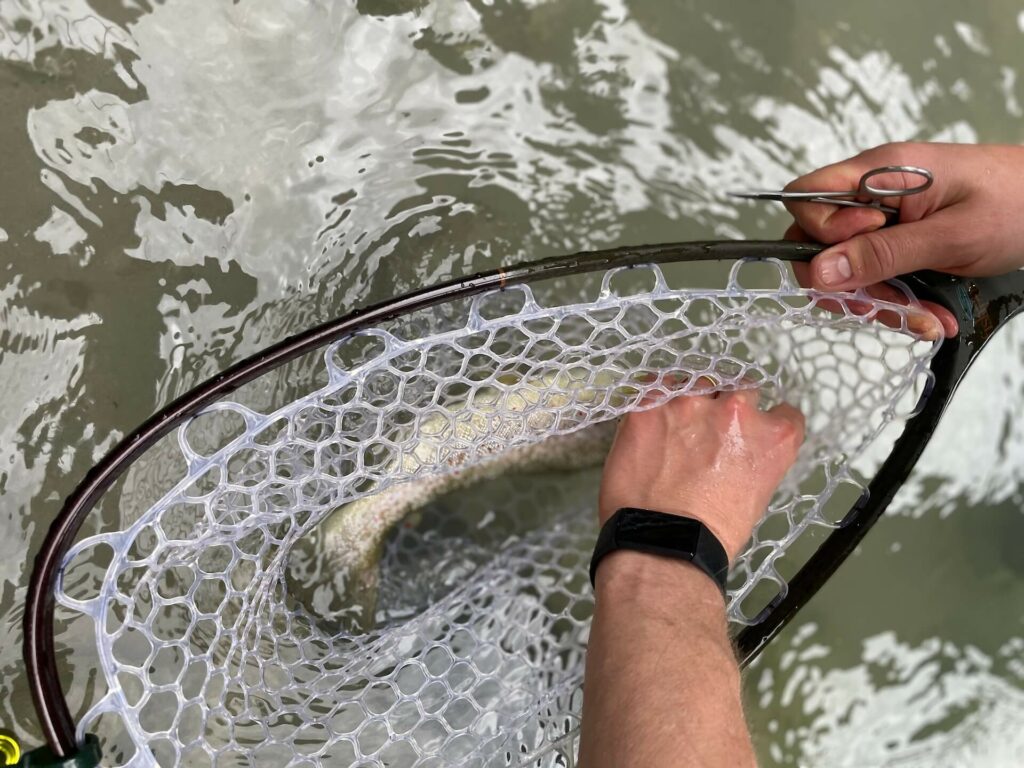
Removing hooks, especially when they’re deeply lodged, can be quite a challenge for any angler. That’s why having the right hook removal tools is absolutely crucial. Tools like pliers or specialized hook removers are crafted precisely for this task, making what seems tricky a whole lot easier.
The trick is to handle it with care and patience. A gentle touch and smooth, deliberate motion are the keys here. Slowly and steadily, coax the hook out, minimizing any discomfort for the fish. This kind of delicate approach not only ensures the hook is removed efficiently but also guarantees that the fish can swim away unencumbered by any remaining tackle.
It’s not just a matter of technique; it’s a compassionate act. Properly removing the hook is like granting the fish a second chance at freedom. It’s a way of showing respect to the creature that adds an extra layer of fulfillment to any fishing experience. So, with the right tools and a mindful approach, both you and the fish can walk away from the encounter unharmed and content.
Using Barbless Hooks
Barbless hooks are a game-changer in effective catch and release techniques, offering a significant advantage over their barbed counterparts. Unlike hooks with barbs, which have an extra hook near the point, barbless hooks are smooth, making them much easier to remove from the fish’s mouth.
This streamlined design not only reduces the time it takes to release the fish but also minimizes stress for both you and the fish. It’s a small, thoughtful change that can make a significant difference in the fish’s chances of survival. By opting for barbless hooks, you’re not just improving your angling experience; you’re actively contributing to the conservation of aquatic life, ensuring these beautiful creatures can continue to thrive in their natural habitats.
Hand Landing Fish
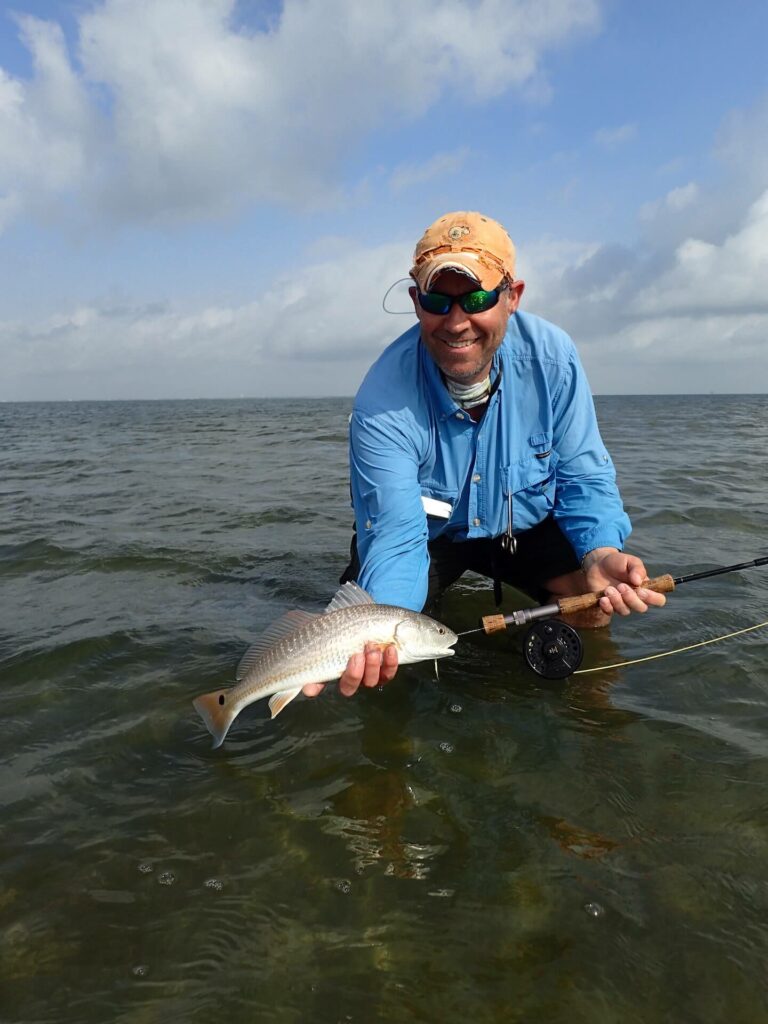
Hand landing, while seemingly straightforward, is an advanced technique that demands finesse and confidence from experienced anglers. The key lies in the delicate touch and proper support, ensuring the fish’s weight is evenly distributed as it is lifted from the water. Wetting your hands before touching the fish is crucial; it prevents damage to its protective slime layer, vital for its well-being.
This technique delves deeper than just gently grasping the fish; it necessitates an intimate understanding of the fish’s movements. Skilled anglers can predict the fish’s behavior, reacting with precision. Proper execution of hand landing ensures a swift and safe release back into its habitat, underlining the vital role of the angler’s expertise in ensuring the fish’s survival.
In mastering this technique, anglers contribute significantly to the practice of catch and release. By understanding the fish’s needs and behavior, they facilitate a seamless transition from capture to freedom. This expertise not only showcases their angling prowess but also serves as a testament to their commitment to responsible fishing practices.
Conclusion on Effective Catch and Release Techniques
Catch and release techniques go beyond merely returning a fish to the water; they are about safeguarding its well-being for its continued journey. Employing tools like a landing net, a fish gripper, appropriate hook removal tools, barbless hooks, and mastering hand landing showcases responsible angling.
These techniques are not just gestures of respect toward aquatic life; they actively contribute to the conservation of our water ecosystems. So, the next time you venture out to fish, remember these simple yet impactful methods. By doing so, you play a vital role in preserving the vibrant life within our waters.
Frequently Asked Questions
Why is it important to handle fish with wet hands or gloves?
Fish have a protective mucous layer on their skin that acts as a barrier against infections and diseases. Handling fish with dry hands can remove this slimy protective layer, making them more vulnerable to disease. Wet hands or gloves can minimize the damage to this mucous layer, helping ensure the fish’s health post-release.
How long can I safely keep a fish out of water during the release process?
It’s best to minimize the time a fish spends out of the water. As a rule of thumb, try not to keep the fish out longer than you can hold your breath. Generally, 20-30 seconds is the maximum, but shorter is always better. If you wish to take a photo, have your camera ready beforehand to reduce handling time.
Why are barbless hooks recommended for catch and release fly fishing?
Barbless hooks make the hook removal process quicker and less traumatic for the fish. They cause less injury and reduce the risk of leaving a hook embedded in the fish if it can’t be removed safely. Many anglers either buy barbless hooks or use pliers to flatten the barb on their hooks to make them barbless.
How should I handle larger fish during the catch and release process?
Larger fish can be more susceptible to injury if not handled correctly. Always support a large fish horizontally, using both hands – one near the tail and the other under the belly. Avoid gripping the fish too tightly or holding it vertically by the jaw, which can cause internal injuries.
Is it okay to use a landing net for catch and release fly fishing?
Yes, but it’s crucial to choose the right net. Rubberized or soft mesh nets are gentler on the fish’s skin and scales. Using these nets reduces the risk of injury and tangling. When using a net, ensure the fish is submerged in water as much as possible, and use the net primarily to control and guide the fish rather than lifting it entirely out of the water.

